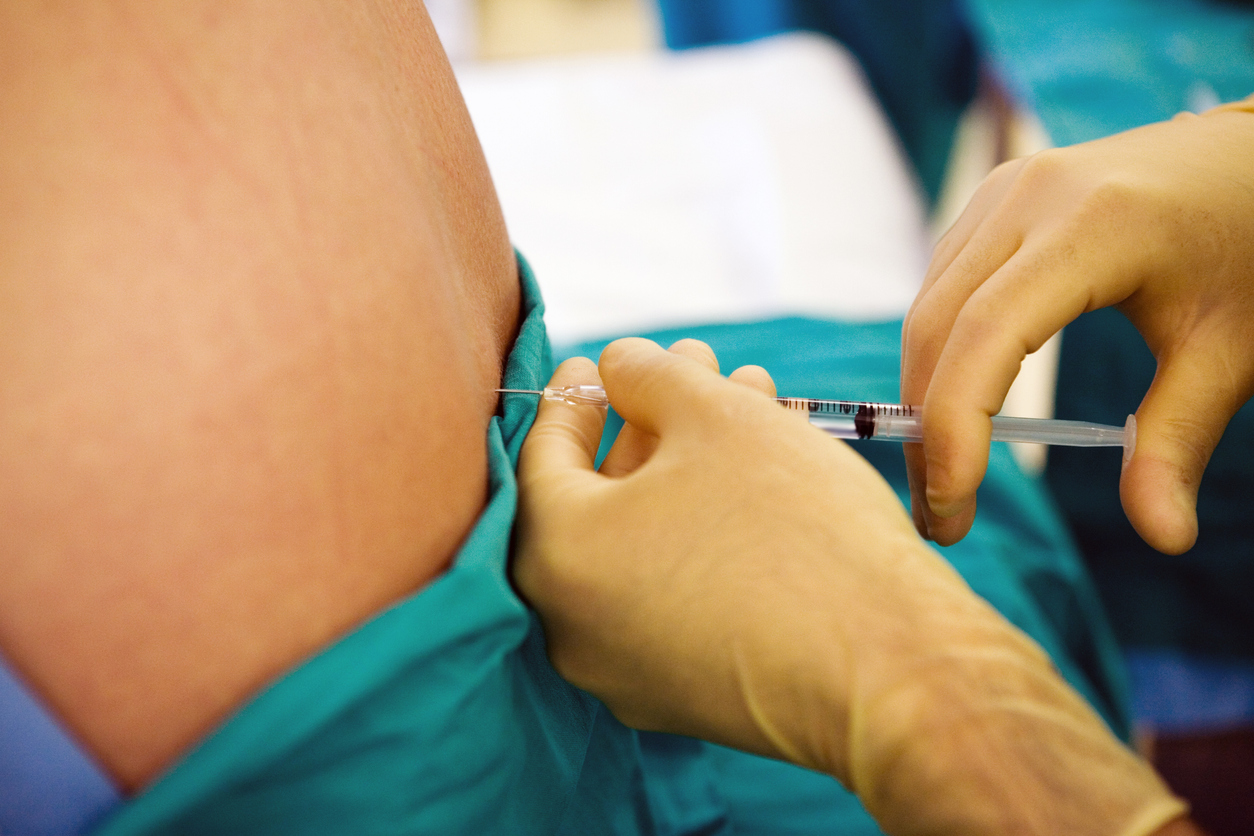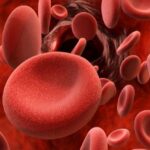Regional anaesthesia practices – Insights from a European survey conducted by BD with ESRA – The European Society of Regional Anaesthesia and Pain Therapy
BD, a company that is committed to Advancing the world of health™, is making dedicated efforts to provide solutions that enhance outcomes, lower costs, increase efficiency, improve safety and expand access to healthcare. In the area of regional anaesthesia, BD is a well-recognised manufacturer of spinal needles and kits, epidural catheters and kits and syringes.
BD is working with a group of European experts to improve the practice of regional anaesthesia and patient safety. The aim is to work with these experts to better understand the life-threatening implications of neuraxial device misconnections, which have resulted in the introduction of the NRFit® standards.
The survey was carried out to understand how the practice of regional anaesthesia is being carried out across Europe.
Introduction and demographics
This survey was designed by an expert panel sponsored by BD and was initiated on 26th April 2021 and disseminated primarily through The European Society of Regional Anaesthesia and Pain Therapy (ESRA). There were 987 unique respondents, and 80% were from unique institutions. Most of the respondents were anaesthetists (93.7%), with a majority having greater than 10 years of experience (60%). 65.9% of respondents were from the largest European countries/regions. Most respondents were based at public university/teaching hospitals (58%) with an even split in terms of institution size.
Regional Anaesthesia practice
Anaesthetists were almost exclusively identified (99%) as the ones who conduct regional anaesthesia (RA) procedures. The most popular RA procedures were spinal single injection (96%), single-injection peripheral nerve blocks (PNB) (92%). 92% of respondents use ultrasound guidance for their RA blocks. There has been a significant median increase of 42% in the use of RA procedures over the last 5 years.
Patient Safety
The overall median failure rate for RA block was 5%. The most-reported complication is headache, spinal (52%) and epidural (33%). For PNB, transient neurologic symptoms (TNS) (16-14%) and nerve injury (14-10%) are the most common. Complications are under-reported with only 38-59% being routinely monitored.
38% of respondents were familiar with the NRFit® technology, of those only 27% have implemented it, with a further 44% intending to implement it over the next 2 years. The main barriers were financial (37%) and stock management complexity (34%).
Conclusions
In conclusion, the use of RA procedures has significantly increased in all surgeries and pain management over the last 5 years potentially due to the perceived benefits of superior pain reduction, earlier post-surgery ambulation, reduced complications and length of stay. However, despite some high levels of complications, routine monitoring of complications is not systematically done across Europe and so the figures are probably under-reported. There is limited awareness of the potential safety improvement offered by NRFit®, even though respondents see the benefits that it may have, even if they are aware financial and stock management challenges preclude their introduction.
Watch the video presentation of the survey results:
References
Approval number BD-46046




